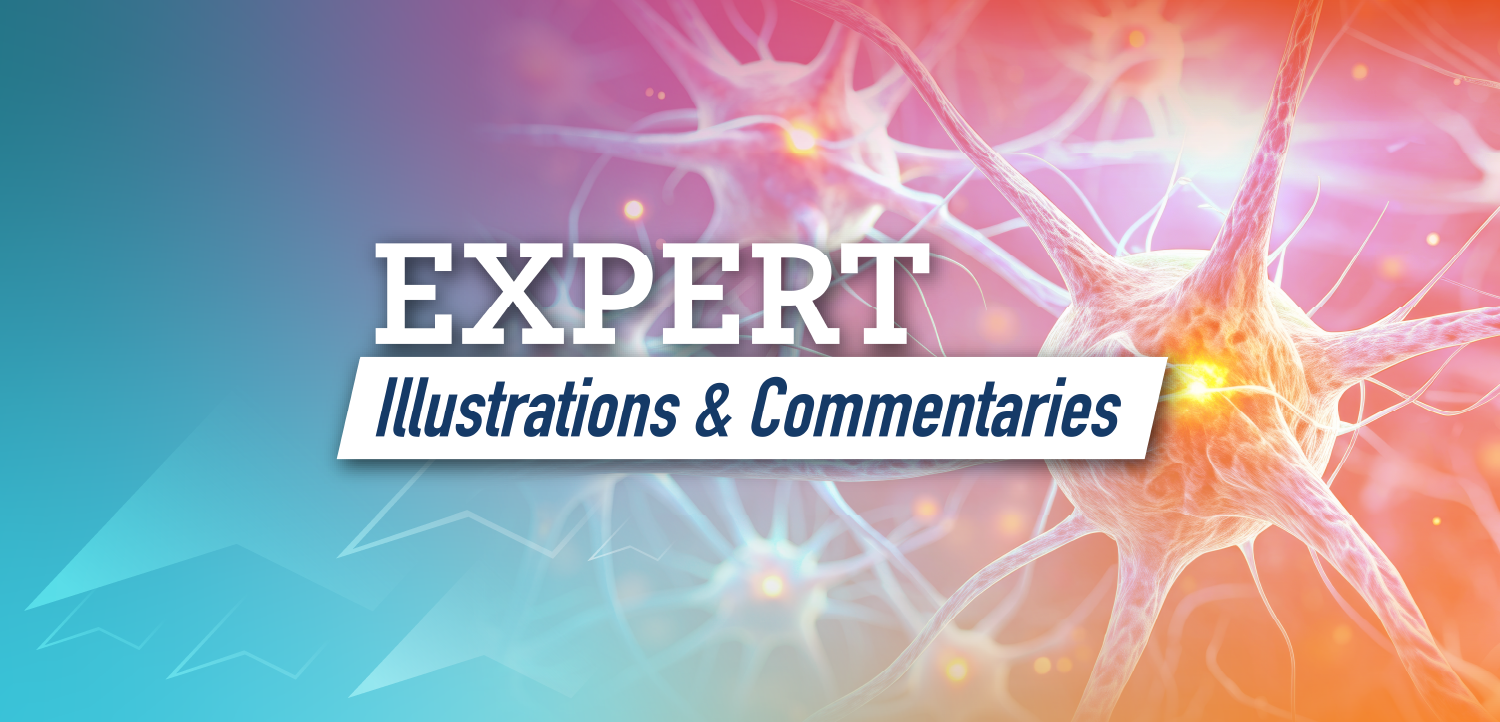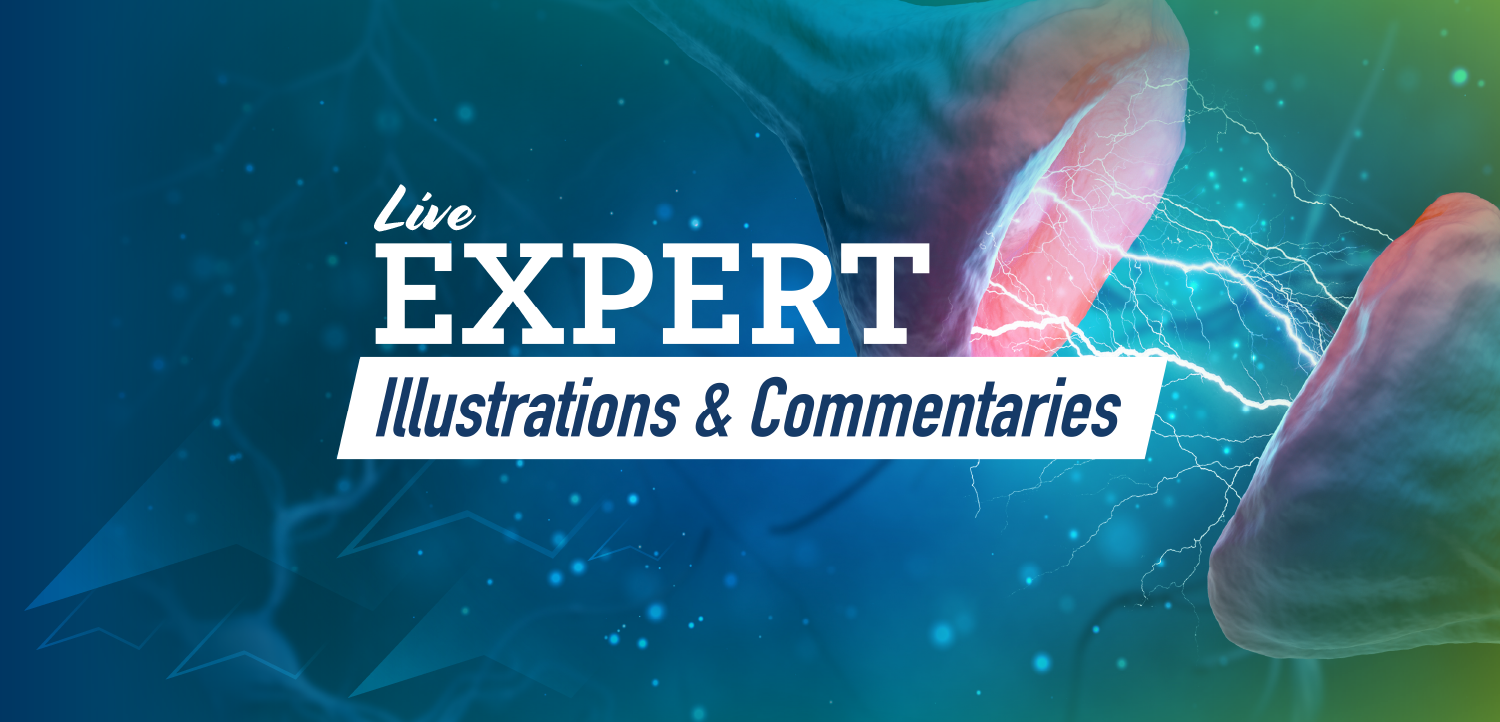“Futures Thinking”: How to Think About the Future, Part 1
Key Takeaways
- Futures thinking involves exploring multiple potential futures, offering a framework for mental health professionals to engage with these possibilities amidst global crises.
- The five modes of futures thinking include quantitative models, practicing with futures, experiential interventions, critical deconstruction, and psychological containment.
Explore the transformative potential of futures thinking in mental health, offering innovative frameworks to navigate uncertainty and enhance agency.
Mental health professions have typically promoted understanding that the future is not determined, but contains multiple possible outcomes for individuals, groups, and institutions. Yet being able to think about and engage with our multiple potential futures is increasingly fraught, given our many accelerating crises, including climate change, large scale migration, social media, disinformation, and authoritarianism. The rising field of futures thinking (plural) or futures literacy has much to offer psychiatrists in response, providing a useful clinical framework for engagement with potential futures. In this article, we provide an overview of the field of futures thinking, and introduce its 5 formal “modes.” In a later companion article, we will provide further examples of their application and relevance to mental health amidst our current crises.
Futures thinking is thinking premised on awareness of the actuality of a multiplicity of potential futures, as depicted in Figure 1, and attempts to experiment with and imagine many of them. Since the 1950s, literature regarding futures thinking has grown with research and writing about related terms, including futures research, futures studies, foresight, strategic foresight, social foresight, futures consciousness, futures literacy, future-orientation, anticipation, prospection, projectivity, and alternative futures. This is an interdisciplinary field with several of its own peer review journals. Recognizing the importance of futures thinking, the process that underlies what they call futures literacy, the United Nations Educational, Scientific and Cultural Organization (UNESCO), has since 2012 been promoting such futures literacy, defining it as “the competency that allows people to better understand the role of the future in what they see and do.”1 UNESCO asserts that this competency “empowers the imagination, enhances our ability to prepare, recover and invent as changes occur.”1
Figure 1.
Our multiple potential futures, with which we are in dynamic relationship, contain some stark realities. Of the many potential futures, some are unsustainable or dystopian, while other alternatives are not. How do we participate in this relationship with the future? And how can we prevent overwhelm as we consider ways to approach, ways to think about, and influence these potential futures—ways that support sources of meaning, reasonable hope, and agency. In addition to its psychotherapeutic relevance, our engagement with this thinking is also crucial for the larger picture of psychiatry’s roles in public health and research, both of which require reiterative reassessments with an eye to potential futures.
Definitions: Futures Thinking (Plural) and Future Thinking (Singular)
Futures thinking is defined as thinking which considers a multiplicity of potential futures. An important and relevant related concept is future thinking (singular), a psychological field of research that encompasses processes within motivation, cognition, affect, neuropsychology, personality, understandings of self, and human development.2-10 Core findings of this future thinking literature include:
Both past and future thinking implicate the same default mode brain network including prominent hippocampal involvement, sometimes called the “remembering-imagining system.”9 Future thinking is argued to require binding of disparate multimodal sensory and contextual elements of past events into coherent new scenes.5 Cognitively, both re-experiencing (memory) and pre-experiencing (future thinking) involve contextual details, emotional valence, mental simulation, imagery, and personal significance, ranging from the specific to the more general and abstract.
Imagining prospective events can impact individual choices, particularly when imagined events are positive, more vivid, and when the imagining is repeated. However, we tend to undervalue delayed rewards over immediate ones (delay discounting), and excessive rosy imagining can have adverse effects (the rosy future paradox), increasing stress reactivity and negative perceptual biases.7 By contrast, positive imaginings that are relevant to the subsequent stressful task can mitigate its negative effects.
Spontaneous mind wandering is 60% of future thinking indicating an important role for reverie, which is a relaxed attentive, potentially creative, state of mind.11
While this future thinking research base makes contributions to our understanding, a risk in focusing only on a particular future, especially a particularly rosy or bleak one, is that foregrounding one particular envisioned future may avoid awareness of what we do now to affect it and its alternatives. In contrast, futures thinking grounds us in the present, where all the action is for us in the possibilities we have, as individuals and groups, to consider, modify, and cocreate our futures.
Modes of Futures Thinking
We now turn to a bird’s eye blueprint of the types of futures thinking, to understand what we are doing when we engage in futures thinking activity. This overview can be a source of clarity and cognitive containment for the lived messiness and pain involved in implementing different approaches to the future, approaches that are described here.
Modes of futures thinking have been demarcated in various ways.12,13 A particularly extensive review by Muiderman et al (2020) evaluated 144 articles relevant to anticipatory governance.14 Their resulting framework, further developed by Mangnus et al (2021) recognized 4 modes of futures literacy: quantitative probability models, practicing with futures, experiential and experimental interventions, and critical deconstructions of futures thinking.15 Psychological containment, crucial in any futures thinking process, is proposed here as a fifth mode that strengthens the futurizing mental processes. We have nicknamed these processes here.
Mode 1: Map It
Quantitative probability models: Quantitative probability models use existing science and historical data to determine the scientific probability of certain futures unfolding, in order to mitigate risks. The Intergovernmental Panel on Climate Change, for example, models future temperatures or sea level rise that will result from different quantities of greenhouse gas emissions to guide cuts to carbon emissions.
Map it backwards: Forecasting like this can be experienced as starkly predictive, overshadowing the roles of creativity and agency in shaping futures. To avert this limitation, “backcasting” complements forecasting, beginning from a desired future and working backwards, with both rationality and imagination, to determine the necessary intermediate conditions to get from here to there. Considering preferable futures involves asking “Adaptation towards what?” (Youssef Nassef, UNFCCC), rather than, “Adaptation to what?”; it requires the maintaining of flexibly creative agency, and an awareness of a multiplicity of potential futures.16
Mode 2: Try It On
Practicing with futures: Practicing with futures is a mode of futures thinking that takes information from quantitative projections and then conceptualizes multiple plausible futures pathways to test adaptive capacities, using practices such as participatory scenario development. Future scenarios and their needs are fleshed out, in order to be able to prepare for various future circumstances now.
Mode 3: Innovate It
Experiential and experimental interventions of cocreation: The experiential and experimental mode of futures thinking aims to open up alternative potential futures by generating new shared social experiences that have a mobilizing power, using the evolutionary power of the present.15 Eco-villages or similar communities are such social experiments. The annual week-long Burning Man festival, for example, aims to create transformative communities both during and persisting after the event in alignment with 10 foundational principles.17
Mode 4: Revamp It
Critical deconstruction: The critical deconstruction mode of futures thinking ferrets out biases and blind spots that maintain structural inequalities or are otherwise detrimental, to eliminate their influence on future scenarios. Social justice critiques of many imagined futures are an example of critical deconstruction. This mode is valuable because critical examination of imagined futures can serve to cognitively dislodge us from entrenched patterns of thought, potentially allowing for the imagining of different futures.
Mode 5: Strengthen the Futurizing Mental Processes
Psychological containment: Containment is the relational process that makes the unbearable bearable in ways that are not dissociative. It is foundational to abilities to think, to innovate, and to apprehend difficulties in internal and external reality. Originally described by Bion (1962), psychological containment within the early child-caregiver relationship involves the caregiver taking in the child’s emotional overwhelm, metabolizing it, and then willingly giving new bearable things back that are taken in by the child.18 In this way, containment is the mechanism by which new thoughts are made, and the child learns it for use with themself and others. Containment remains critical in adulthood, and we conceive of containment as a foundational mode of creating new thoughts and preventing emotional overwhelm during the challenging work of futures thinking. Because containment affords space for thinking, it also facilitates perception of easily unnoticed possibilities, what Stuart Kauffman calls “the adjacent possible.”19
Concluding Thoughts
Futures thinking is a containing meta-model of cognitive and emotional functioning that should be disseminated and further integrated into the thinking and work of mental health professionals at the current time. The types of futures thinking, taken together, (see Figure 2), provide a therapeutic framework, amidst complexity and threat, for meaningful engagement with future; it can mitigate often disrespectful fractiousness between approaches to future, which are common when our realities inspire urgency.
Figure 2.
Keeping such a model in mind can cognitively hold open mental space for needed thinking about unprecedented unfamiliar futures, and may assist in countering the mind’s remembering-imagining system that habitually tailors future thinking from elements of past experience. Most futures thinking, in practice, is of a hybrid rational-imaginative type, combining plausible extensions of the data with visionary practice. However, wicked complex problems, as we now face, have been argued to necessitate particular use of visionary approaches.15 This is because of difficulties predicting future specifics of complex systems that include nonlinear elements, among them human consciousness and its attendant agency. As the philosopher Ken Wilber has described, “a physicist can predict where Uranus will be, more or less, 1000 years from now, but no biologist can tell you where my dog will be 1 minute from now.”20
In the upcoming Part 2 companion article, we will detail the mental health applications of this futures thinking framework.
Drs Haase and Lewis are steering committee members for the Climate Psychiatry Alliance and co-chairs of the climate committee of the Group for the Advancement of Psychiatry.
References
1. Futures literacy & foresight. United Nations Educational, Scientific and Cultural Organization. Accessed October 10, 2025.
2. Seginer R. Future Orientation: Developmental and Ecological Perspectives. Springer Science & Business Media; 2009.
3. Kleim B, Graham B, Fihosy S, et al.
4. Schacter DL, Benoit RG, Szpunar KK.
5. El Haj M, Antoine P, Kapogiannis D.
6. Rösch SA, Stramaccia DF, Benoit RG.
7. Montijn ND, Gerritsen L, van Son D, et al.
8. Hallford DJ, Austin DW, Takano K, et al.
9. Conway MA, Loveday C, Cole SN.
10. Trommsdorff G.
11. Cole S, Kvavilashvili L.
12. Horst R, Gladwin D.
13.
14. Muiderman, K., Vervoort, J. M., Gupta, A., & Biermann, F. (2020).
15. Mangnus AC, Oomen J, Vervoort JM, et al.
16. Cork S, Alexandra C, Alvarez-Romero JG, et al. Exploring alternative futures in the Anthropocene. Ann Rev Env Res. 2023;48.
17. Haase E.
18. Bion WR. Learning From Experience. Heinemann; 1962.
19.Björneborn L. Adjacent possible. In: The Palgrave encyclopedia of the possible. Springer International Publishing; 2023.
20. Wilber K.
Newsletter
Receive trusted psychiatric news, expert analysis, and clinical insights — subscribe today to support your practice and your patients.













